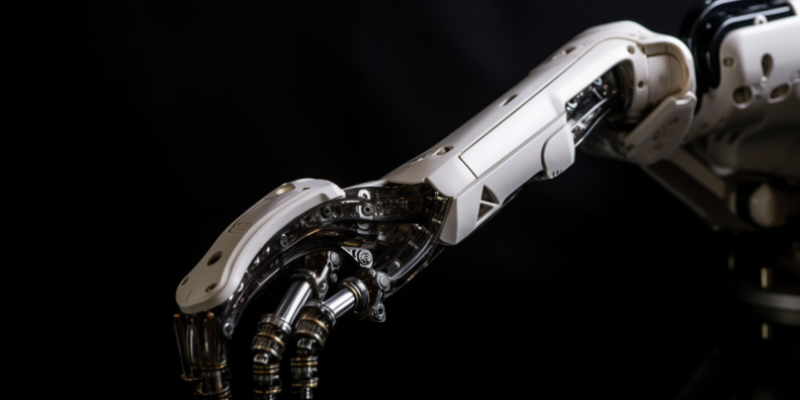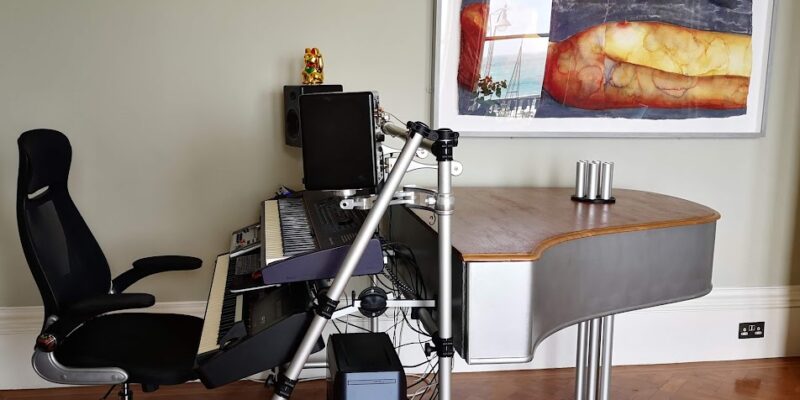… with a compact, cowerful, and versatile differential system
Introduction
Robotics enthusiasts and engineers are constantly looking for ways to improve the efficiency, compactness, and power of their designs. In this blog post, we will discuss a novel approach to creating a robotic wrist using a differential system, incorporating two servo motors and three beveled gears. This method offers a simple, compact, and powerful solution for maneuverability, while also providing precise positioning capabilities.
The Design:
The innovative design consists of two back-to-back servo motors, with their shafts aligned in a straight line. Each motor is equipped with a large beveled gear (A and B) attached to its shaft. A third beveled gear (C), of the same size but positioned at a right angle to gears A and B, is meshed between them. Activating the servo motors in opposite directions causes gear C to rotate along with gears A and B, resulting in a differential-like mechanism that drives the robotic wrist’s movement.
Benefits of the Design:
- Simplicity: The design is straightforward and easy to understand, which makes it accessible to hobbyists and professionals alike. By using only three beveled gears and two servo motors, this solution simplifies the complexity of creating a robotic wrist mechanism.
- Compactness: Due to its minimal components and clever arrangement, this design is highly compact. The back-to-back positioning of the servo motors saves space and allows the mechanism to be integrated into various robotic applications without taking up a significant amount of room.
- Maneuverability: The differential-like action achieved by moving gears A and B in opposite directions enables excellent maneuverability for the robotic wrist. This design allows for a wide range of motion and flexibility, making it suitable for multiple purposes, from delicate tasks to robust applications.
- Power and Precision: Utilizing servo motors in this design offers two distinct advantages: power and precision. Servo motors are known for their high torque capabilities and accurate positioning control, making them an ideal choice for a robotic wrist mechanism. The combination of powerful motors and the efficient transmission of force through the beveled gears results in a robust and precise system.
Conclusion:
This innovative approach to designing a robotic wrist using a differential system with servo motors and beveled gears offers numerous advantages over traditional designs. It is simple, compact, and provides excellent maneuverability, power, and precision. This solution has the potential to revolutionize robotic wrist mechanisms, opening up new possibilities for various applications in robotics and automation. Give it a try and experience the benefits of this ingenious design for yourself!
The above description was written by GPT4, and with the help of the video explains what I am trying to do although not why. You may have read elsewhere on the site that piano keyboard assemblies will be attached to the robot wrists and move (with instructions from sensors) so that however I move my hands, the keyboards will always be under the fingers. The original design using stepper motors worked moderately well, but needed a lot of improvement to be able to be used in a live instrument. I thought I would try this aproach too, and it seems quite promising. In the next stage I will introduce more powerful motors, better printed gears, and a slightly different arrangement that will allow greater movement.








